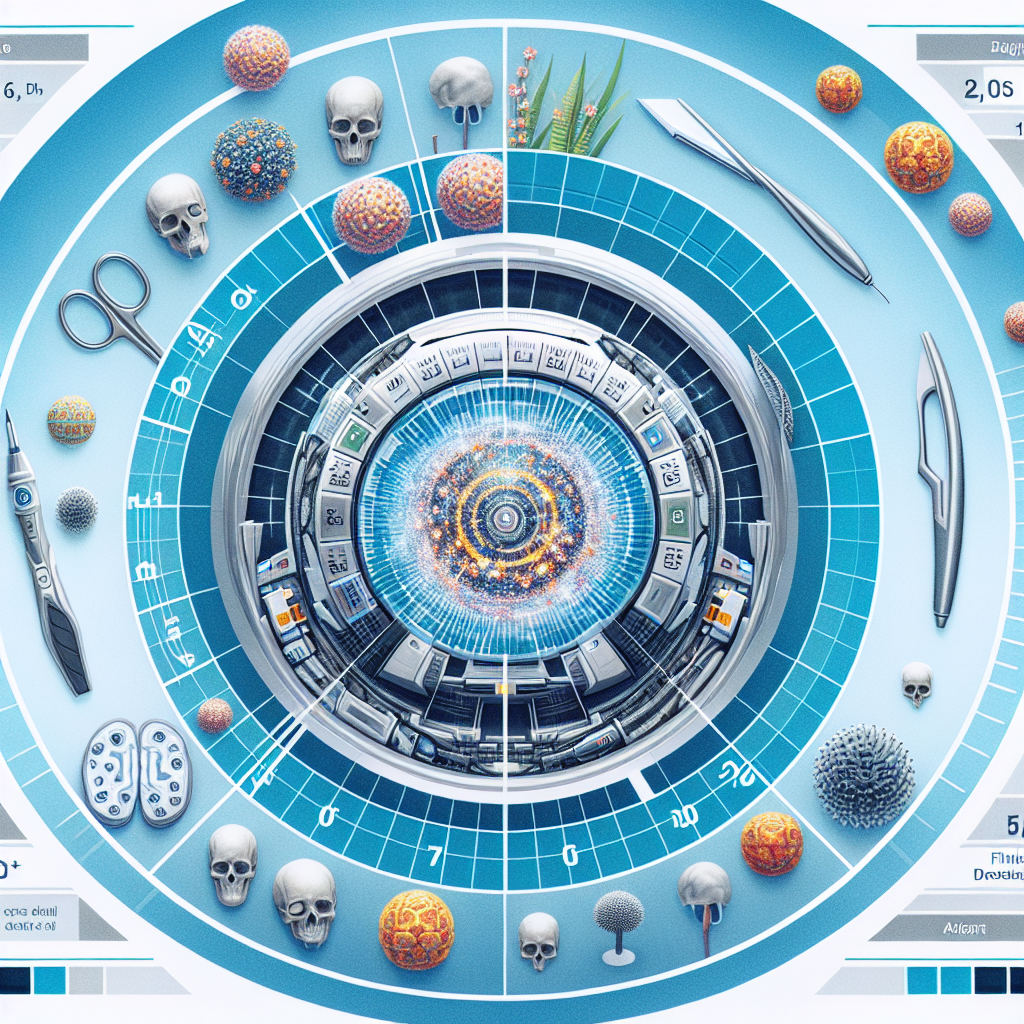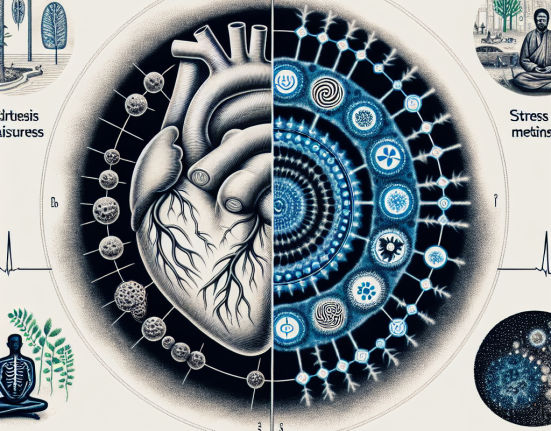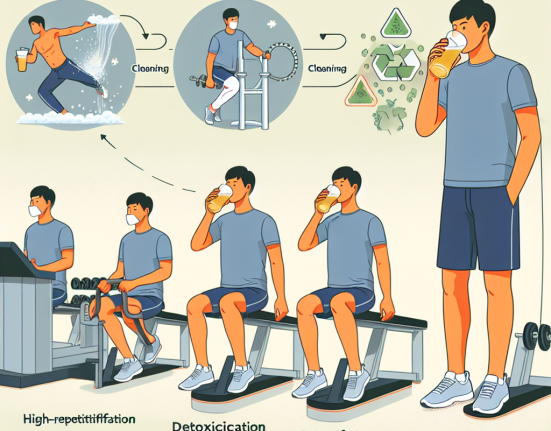-
Table of Contents
«Recupera tu confianza y tu cabello con Finasteride después de una lesión»
Introduction
Finasteride es un medicamento que se utiliza comúnmente para tratar la pérdida de cabello en hombres. Sin embargo, también se ha demostrado que tiene beneficios en el tratamiento de ciertas lesiones, como la hiperplasia prostática benigna (HPB) y la alopecia androgenética. Al usar Finasteride después de una lesión, se pueden esperar resultados positivos en la recuperación y el crecimiento del cabello, así como en la reducción de los síntomas de la HPB. Sin embargo, es importante seguir las indicaciones de un médico y tener en cuenta posibles efectos secundarios antes de comenzar a tomar este medicamento.
The Benefits of Using Finasteride After an Injury
Finasteride is a medication that is commonly used to treat male pattern baldness and enlarged prostate. However, recent studies have shown that it may also have benefits for those who have suffered from injuries. In this article, we will explore what to expect when using Finasteride after an injury and how it can aid in the recovery process.
Firstly, it is important to understand how Finasteride works. It is a type of medication known as a 5-alpha-reductase inhibitor, which means it blocks the conversion of testosterone into dihydrotestosterone (DHT). DHT is a hormone that is responsible for hair loss and can also contribute to prostate enlargement. By reducing the levels of DHT in the body, Finasteride can help to slow down hair loss and shrink an enlarged prostate.
But how does this relate to injuries? Well, DHT has also been found to play a role in the healing process of injuries. It has been shown to increase inflammation and inhibit the production of collagen, which is essential for tissue repair. By blocking the production of DHT, Finasteride can potentially aid in the healing process and improve recovery time.
One of the main benefits of using Finasteride after an injury is its ability to reduce inflammation. Inflammation is a natural response to injury, but when it becomes chronic, it can delay the healing process and lead to further damage. By reducing DHT levels, Finasteride can help to decrease inflammation and promote a more efficient healing process.
In addition to reducing inflammation, Finasteride has also been found to increase the production of collagen. Collagen is a protein that is essential for tissue repair and is found in high levels in the skin, tendons, and ligaments. By inhibiting DHT, Finasteride can help to promote the production of collagen, which can aid in the healing of injuries.
Another benefit of using Finasteride after an injury is its potential to improve the quality of scar tissue. Scar tissue is formed during the healing process and can often be thick and inflexible, leading to limited range of motion and discomfort. Studies have shown that Finasteride can help to reduce the thickness of scar tissue and improve its flexibility, resulting in better overall healing and less discomfort for the patient.
It is important to note that while Finasteride may have benefits for those recovering from injuries, it should not be used as a substitute for proper medical treatment. It is always important to seek medical advice and follow the recommended treatment plan for your injury.
In addition to its potential benefits for injury recovery, Finasteride has also been found to have a positive impact on mental health. Injuries can often lead to feelings of frustration, anxiety, and depression, especially if they result in a loss of physical ability. Finasteride has been shown to improve mood and reduce symptoms of depression and anxiety, which can be beneficial for those going through the recovery process.
In conclusion, Finasteride has shown promising benefits for those recovering from injuries. By reducing inflammation, promoting collagen production, and improving the quality of scar tissue, it can aid in the healing process and potentially improve recovery time. It is important to consult with a medical professional before starting any new medication and to follow their recommended treatment plan for your injury. With proper medical care and the potential benefits of Finasteride, you can expect a smoother and more efficient recovery process.
Understanding the Effects of Finasteride on Post-Injury Recovery
Finasteride is a medication commonly used to treat male pattern baldness and enlarged prostate. However, it has also been found to have potential benefits for those recovering from injuries. In this article, we will explore what to expect when using Finasteride after an injury and how it can aid in the recovery process.
Firstly, it is important to understand how Finasteride works. It is a type of medication known as a 5-alpha-reductase inhibitor, which means it blocks the conversion of testosterone into dihydrotestosterone (DHT). DHT is a hormone that is responsible for hair loss and can also contribute to prostate enlargement. By reducing DHT levels, Finasteride can help to slow down hair loss and shrink an enlarged prostate.
But how does this relate to post-injury recovery? Studies have shown that DHT can also play a role in the healing process of injuries. It has been found to increase inflammation and inhibit the production of collagen, a protein essential for tissue repair. By blocking DHT, Finasteride can potentially reduce inflammation and promote collagen production, leading to faster healing times.
One of the most common injuries that Finasteride has been studied for is tendon injuries. Tendons are the tough, fibrous tissues that connect muscles to bones. They are essential for movement and can be easily injured, especially in athletes. In a study of 30 patients with Achilles tendon injuries, those who were given Finasteride showed significant improvements in pain, range of motion, and strength compared to those who were not given the medication.
Another study looked at the effects of Finasteride on rotator cuff injuries, which are common in athletes who engage in repetitive overhead movements. The results showed that those who took Finasteride had a significantly higher rate of healing and a lower rate of re-injury compared to those who did not take the medication.
Aside from tendon injuries, Finasteride has also been studied for its potential benefits in bone healing. In a study of rats with bone fractures, those who were given Finasteride showed increased bone density and strength compared to those who were not given the medication. This suggests that Finasteride may aid in the healing of bone injuries and potentially reduce the risk of re-injury.
It is important to note that while these studies show promising results, more research is needed to fully understand the effects of Finasteride on post-injury recovery. Additionally, Finasteride may not be suitable for everyone. It is important to consult with a doctor before starting any new medication, especially if you have a pre-existing medical condition or are taking other medications.
In terms of side effects, Finasteride is generally well-tolerated. However, some individuals may experience sexual side effects such as decreased libido and erectile dysfunction. These side effects are rare and typically resolve once the medication is stopped. It is important to discuss any concerns with a doctor before starting Finasteride.
In conclusion, Finasteride has shown potential benefits for post-injury recovery, particularly in tendon and bone injuries. By blocking DHT, it can potentially reduce inflammation and promote collagen production, leading to faster healing times. However, more research is needed to fully understand its effects and it may not be suitable for everyone. As always, it is important to consult with a doctor before starting any new medication.
Managing Hair Loss with Finasteride During the Healing Process
Finasteride is a medication commonly used to treat male pattern baldness. However, it has also been found to be effective in managing hair loss caused by injuries or trauma to the scalp. If you have recently suffered a scalp injury and are considering using Finasteride, it is important to understand what to expect during the healing process.
First and foremost, it is important to note that Finasteride is not a quick fix for hair loss. It works by inhibiting the production of dihydrotestosterone (DHT), a hormone that is responsible for shrinking hair follicles and causing hair loss. This process takes time and patience, so it is important to have realistic expectations when using Finasteride.
After a scalp injury, the healing process can take anywhere from a few weeks to several months. During this time, it is common for hair to fall out due to the trauma and inflammation of the scalp. This can be a distressing experience, but it is important to remember that it is a natural part of the healing process. Finasteride can help to slow down this hair loss and promote the growth of new, healthy hair.
It is important to note that Finasteride will not be effective in promoting hair growth if the hair follicles have been completely destroyed by the injury. In these cases, hair transplant surgery may be necessary to restore hair growth. However, if the hair follicles are still intact, Finasteride can be a valuable tool in managing hair loss during the healing process.
When using Finasteride, it is important to follow the recommended dosage and usage instructions provided by your doctor. It is typically taken once a day, with or without food. It may take several months before you start to see results, so it is important to be patient and consistent with your medication.
During the healing process, it is also important to take good care of your scalp. This includes keeping the area clean and avoiding any further trauma or injury. It is also recommended to use gentle hair care products and avoid harsh chemicals or heat styling tools that can further damage the hair.
In addition to managing hair loss, Finasteride may also have some side effects. These can include decreased libido, erectile dysfunction, and breast tenderness or enlargement. It is important to discuss these potential side effects with your doctor before starting Finasteride and to report any changes or concerns during your treatment.
It is also important to note that Finasteride is not suitable for everyone. Women who are pregnant or may become pregnant should not handle crushed or broken Finasteride tablets, as it can be absorbed through the skin and cause harm to a developing fetus. It is also not recommended for use in children.
In conclusion, using Finasteride after a scalp injury can be an effective way to manage hair loss during the healing process. It works by inhibiting the production of DHT, a hormone that can cause hair follicles to shrink and lead to hair loss. However, it is important to have realistic expectations and to be patient as it may take several months to see results. It is also important to take good care of your scalp and to discuss any potential side effects with your doctor. With proper usage and care, Finasteride can be a valuable tool in managing hair loss and promoting hair growth after a scalp injury.
Q&A
1. ¿Qué efectos puedo esperar al usar Finasteride después de una lesión?
Algunos de los efectos que puedes esperar al usar Finasteride después de una lesión incluyen una posible reducción en la caída del cabello, un aumento en el crecimiento del cabello y una mejora en la apariencia general del cabello. Sin embargo, es importante tener en cuenta que los resultados pueden variar de persona a persona y pueden tomar tiempo en ser visibles.
2. ¿Cuánto tiempo tomará ver resultados al usar Finasteride después de una lesión?
El tiempo que tomará ver resultados al usar Finasteride después de una lesión puede variar de persona a persona. Algunas personas pueden notar una mejora en la caída del cabello en unas pocas semanas, mientras que otras pueden tardar varios meses en ver resultados significativos. Es importante ser paciente y seguir usando el medicamento según las indicaciones de tu médico.
3. ¿Hay algún efecto secundario que pueda experimentar al usar Finasteride después de una lesión?
Algunos de los efectos secundarios comunes que se han reportado al usar Finasteride incluyen disminución del deseo sexual, disfunción eréctil y cambios en la calidad del semen. Sin embargo, estos efectos secundarios son poco comunes y generalmente desaparecen después de dejar de tomar el medicamento. Si experimentas algún efecto secundario, es importante hablar con tu médico para determinar la mejor opción de tratamiento para ti.







